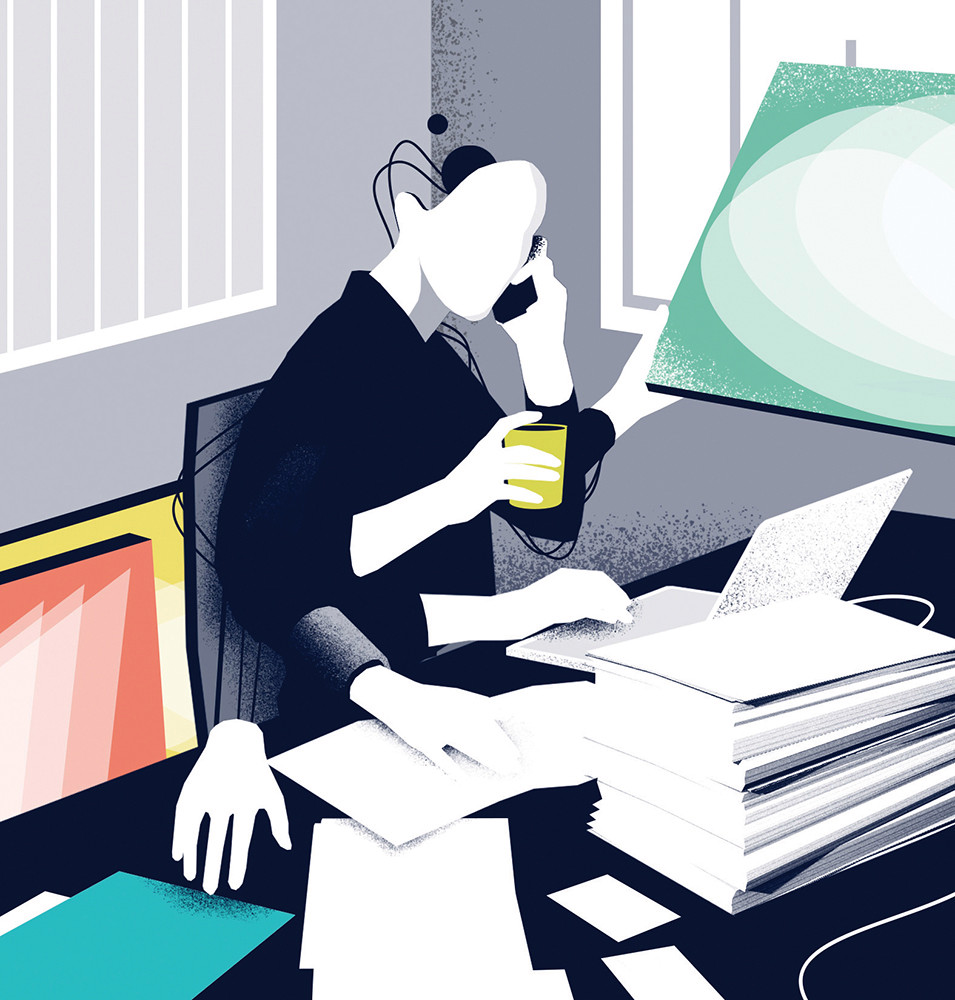[ad_1]
The museum where I work as a curator of prints and drawings instructed staff to work from home during the coronavirus lockdown. In a recent Zoom conference call, our director revealed that revenue had dropped to such an extent during our closure that the entire institution may be in peril. He said that we need to recalibrate (he’s right), but then he went on about the immediate need for blockbuster shows and Instagrammable experiences to drive up future ticket sales. Our superb collection of works on paper is focused on prewar America, and while I can think of many wonderful exhibitions that could feature these works, if I’m being honest, none of them are barnstormers. There has been a big push to digitize collections for our newly redesigned website, but the media guys haven’t uploaded my files, and only a quarter of my collection has even been scanned or photographed. The museum recently launched flashy online virtual exhibitions in response to the pandemic and they’re generating a lot of traffic. But I rarely get to select works from my collection to go online because they just want “the hits,” and when it comes to captions I can’t even edit the texts that they pull straight out of our internal database. I feel left out of this digital revolution and the overall big show boom. It certainly looks like ticket sales, algorithms, and social media are taking over the industry. What I’m wondering is: will curators like me become obsolete in the future?
We pondered this question while reading a Hard Truthing research report titled A Future That Works: Automation, Employment, and Productivity, by fellow consultants McKinsey & Company. They report that engineers have nearly perfected automation technology that can simulate human cognition, social behaviors, and emotional capacities. Evidently, “about half of all the activities people are paid to do in the world’s workforce could potentially be automated by adapting currently demonstrated technologies.” The rise of robotics, artificial intelligence, and machine learning could have devastating consequences even for professionals as humanistic as museum curators. As art institutions continue to raise ticket prices and roll out blockbusters, we may come to see shows that will be curated entirely by optimized algorithms. It is one thing for cars to become driverless, but what happens when a museum becomes curator-less? Will this be the end of art history as we’ve known it, or the dawn of a techno renaissance?
Imagine, if you will, that an artificially intelligent robot, let’s call it Kunst Lieben Algorithmic Unix System (K.L.A.U.S.), has been programmed to curate the next Venice Biennale. Rather than spend two years making studio visits around the world, this robo-curator would scan every art periodical, browse gallery and art fair websites, scrape all social media accounts, and linger at parties where it could soberly overhear all the gossip and insider trading. After K.L.A.U.S. finished crunching petabytes of data and training its neural network, would the resulting exhibition outperform a biennial organized by human curators? What metrics would it use to determine how to make a cohesive exhibition? Would it choose the usual suspects or venture into territory outside the confines of the art market? How creatively would it install the show? Would its catalogue essay possess any literary flair or genuine insight? How much would the show touch the hearts of humans? If this robot had a romantic partner, would it be included in the show? What kind of after-party would it plan and, more important, who would DJ?
Our human survival instinct tells us that K.L.A.U.S. would be a harbinger of doom, yet we wonder if this intelligent machine might curate one of the most monumental shows of all time. Employing endless streams of metadata and market research, this curatomaton could effectively synthesize an exhibition that satisfies the often contrasting tastes of the general public and our most puckered critics. You might think we’re being absurd, and we admit that this dark prophecy is alarmist, but we raise the specter to drive home a point.
Curators must draw on their most human qualities in order to combat the steel-cold judgment of a smart refrigerator that can tell you when your milk has spoiled or who the next hotshot Bard grad will be. Only by trusting in their eyes and hearts will today’s curators have a slim chance to outsmart machines. Until that harrowing day comes when robots learn to tell the difference between hotdogs and genitalia, we suspect you will still have a job.
Questions? Email [email protected].
This article appears under the title “Auto-Curator” in the May 2020 issue, pp. 20.
[ad_2]
Source link


